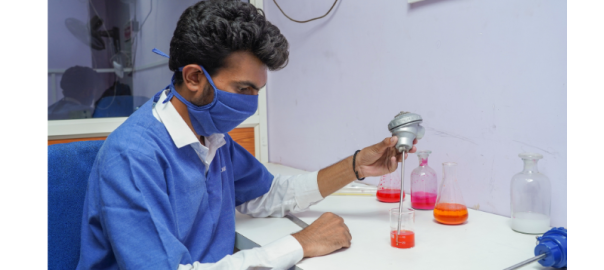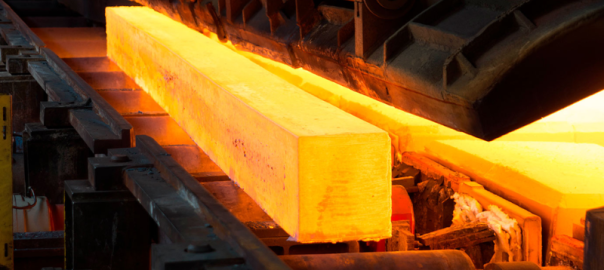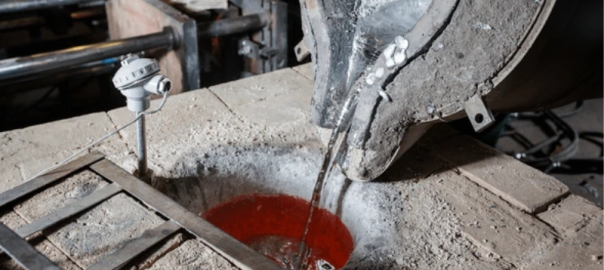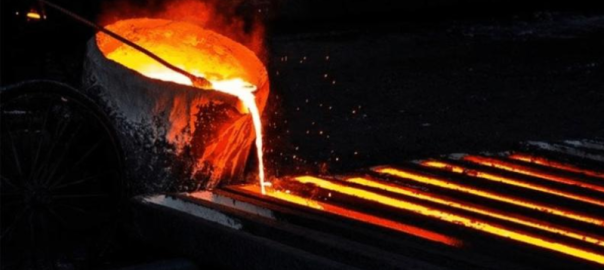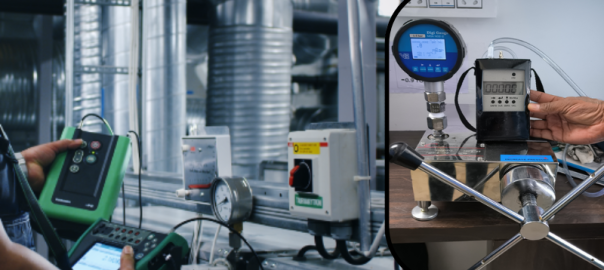
Metal thermocouples are a great alternative for temperature detection in molten metal applications. Thermocouples are semiconductor materials that are used to monitor temperature by measuring the voltage across two different types of material when the temperatures of the two materials differ.
Thermocouple types are chosen based on the type of metal being measured, and they can be produced to endure extreme temperatures. Thermocouples are widely used in numerous industries, including steel production, where they help gauge temperatures within furnaces while they are in use.
Why choose a thermocouple temperature sensor?
A thermocouple temperature sensor is constructed of two independent metal wires that are welded together at one end, forming a hot weld. When the hot weld temperature differs from the reference welds, an electrical voltage can be detected by connecting the two remaining ends to a voltmeter. There are various varieties of thermocouples available, as mentioned below.
Thermocouple types
There are at least 11 different varieties of thermocouples, each named after a letter of the alphabet. When choosing a thermocouple, the temperature range is the most important factor to consider. The range provides a guideline for selecting the optimal one, ranging from cold temperatures of 10 degrees Fahrenheit or less to blistering heat measured in hundreds of degrees Fahrenheit.
Type K thermocouple
The most common thermocouple is Type K, which can monitor temperatures ranging from -200 to 1300 degrees Celsius, often known as the melting point of steel (-328 to 2372 Fahrenheit).
Type S thermocouple
Because it offers a temperature range of -170 to 1000 degrees Celsius (or -274 to 1832 degrees Fahrenheit), Type S is a popular choice among those measuring greater temperatures. For molten metals such as steel, aluminum, and zinc, this thermocouple is the most commonly used.
Type B thermocouple
Type B is appropriate for temperatures of up to 1260 degrees Celsius (2300 degrees Fahrenheit), making it ideal for various metal-related sectors such as welding.
Type R thermocouple
Type R is designed for temperatures up to 2372 degrees Fahrenheit (or 1300 degrees Celsius), making it suitable for monitoring the temperature of molten metals such as steel, aluminum, and zinc.
What factors should you consider when choosing a thermocouple?
Size of the sensor/area to be measured.
If your thermocouple will only be measuring one area of the molten metal, you do not need to buy a larger one. However, if you are measuring many locations at once or trying to cover an entire pit or furnace, a bigger size is preferable.
Temperature range you are measuring at.
Thermocouples of type K or S, which monitor temperatures below 1300 degrees Celsius (or 2372 degrees Fahrenheit), are the best to employ if your device is measuring the temperature of molten steel.
Operating environment.
The best course of action is to make sure that your thermocouple can endure the conditions if your operating environment is particularly hazardous or harsh. Although they normally won’t be able to monitor temperatures close to their melting point, certain type K thermocouples are provided with a protective coating that aids in preventing damage as a result of this.
Cost of purchasing two individual components versus one thermocouple unit.
Some thermocouples are sold as a single component rather than two, which might make them more expensive to buy if you just require the top piece (for example, type K).
The application and location where the thermocouple will be measured should be taken into account when choosing the probe/component housing size. If your probe housing is too large, it will be challenging to install and use if you’re trying to test the temperature of molten steel in a hard-to-reach area of the furnace.
5 Common Molten Metal Application Use Cases
Aluminum Refining
This is the process of turning alumina into aluminum metal using one or more of numerous processes, including electrolysis and pressure and vacuum distillation. Type K or S thermocouples are best for monitoring the temperature of molten aluminum since they measure temperatures below 1300 degrees Celsius.
Steel Making
Depending on the type of steel being produced, this is the method used to turn pig iron into steel by purging it of impurities like carbon and slag. It would be ideal to use a type K or S thermocouple if your thermocouple is detecting the temperature of molten steel because these measure temperatures lower than 1300 degrees Celsius.
Zinc Making
This is the process of converting zinc oxide to pure zinc metal by heating it with carbon and limestone, reducing its mass per unit volume, increasing density, and eliminating the majority of the oxygen in the zinc oxide. Type K or S thermocouples are best for monitoring the temperature of molten zinc because they measure temperatures below 1300 degrees Celsius.
Electronics/Furnace
You can clean up contamination from metal workpieces if your thermocouple will be put to use in a furnace in an electronics factory.
Mining
Thermocouples can be used to monitor the temperature in mining applications. Thermocouples are often the quickest and easiest way to detect heat loss in a section of piping, oil tank or fuel line when monitoring the temperature of water or petroleum products. They also help determine when it is time for repairs or replacement equipment.
Choosing the right thermocouple for molten metal applications is crucial when it comes to measurements that can affect the outcome of production. Before determining what kind of thermocouple will work best for your needs, consider your area to be measured, the temperature range it will measure, and whether there are any harsh conditions that may damage the product.
By taking these factors into consideration before purchasing a thermocouple unit you can ensure that you are getting the right type for the job as well as ensuring that it will last as long as needed.








